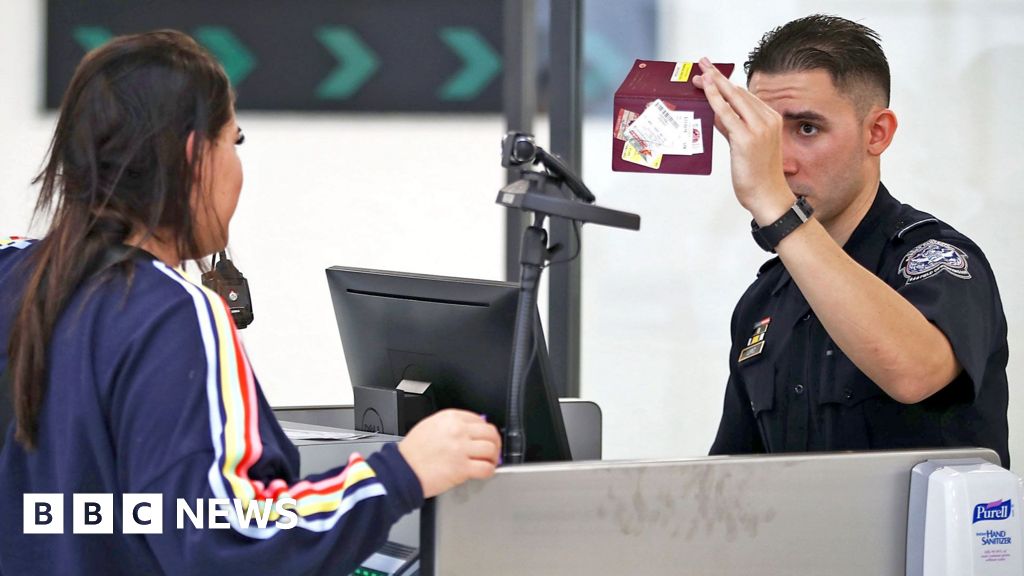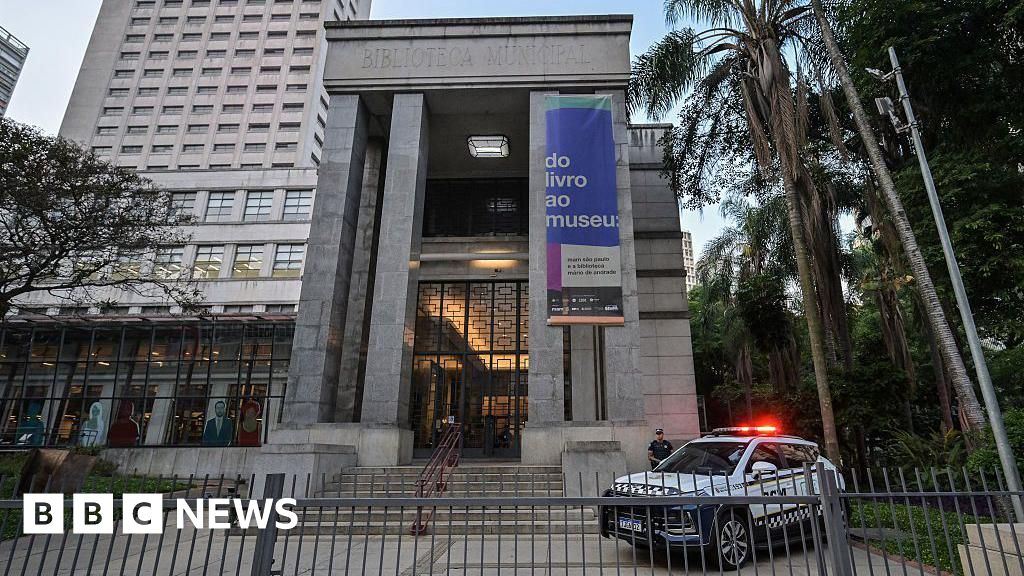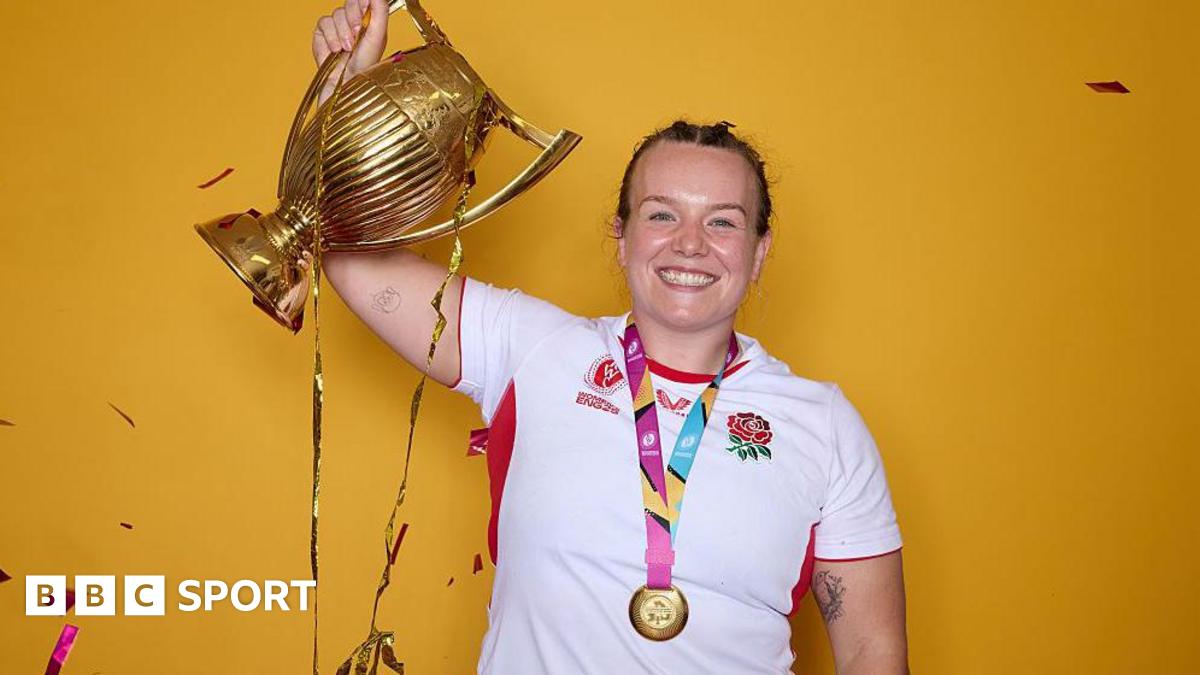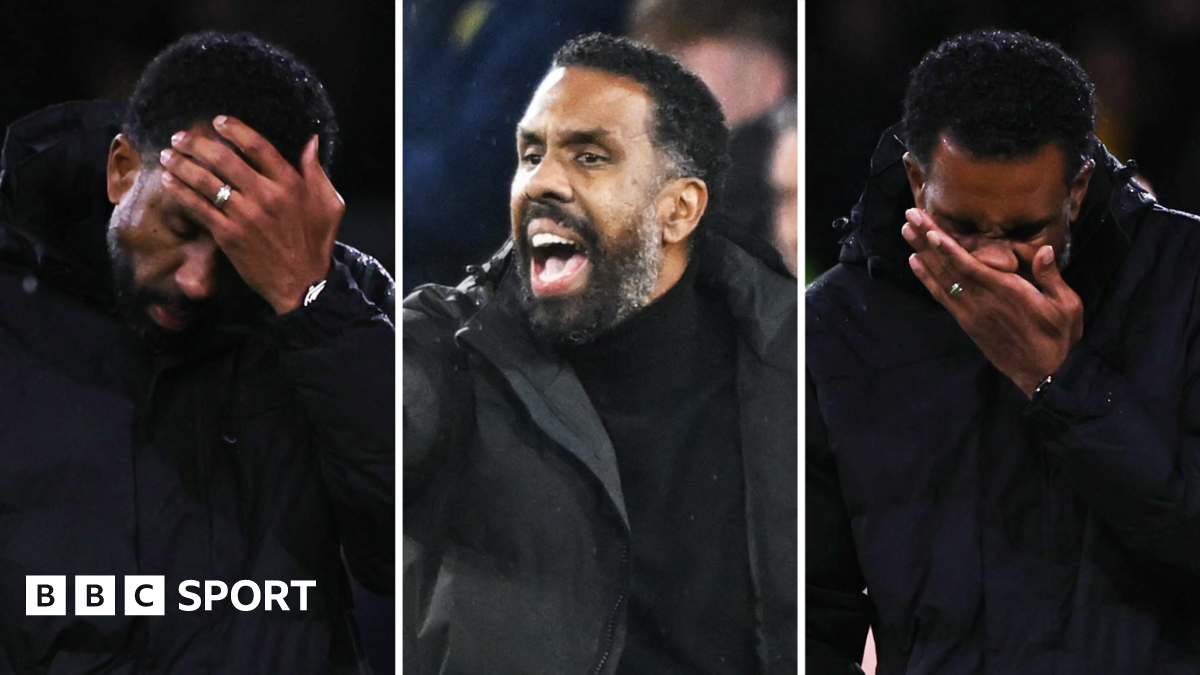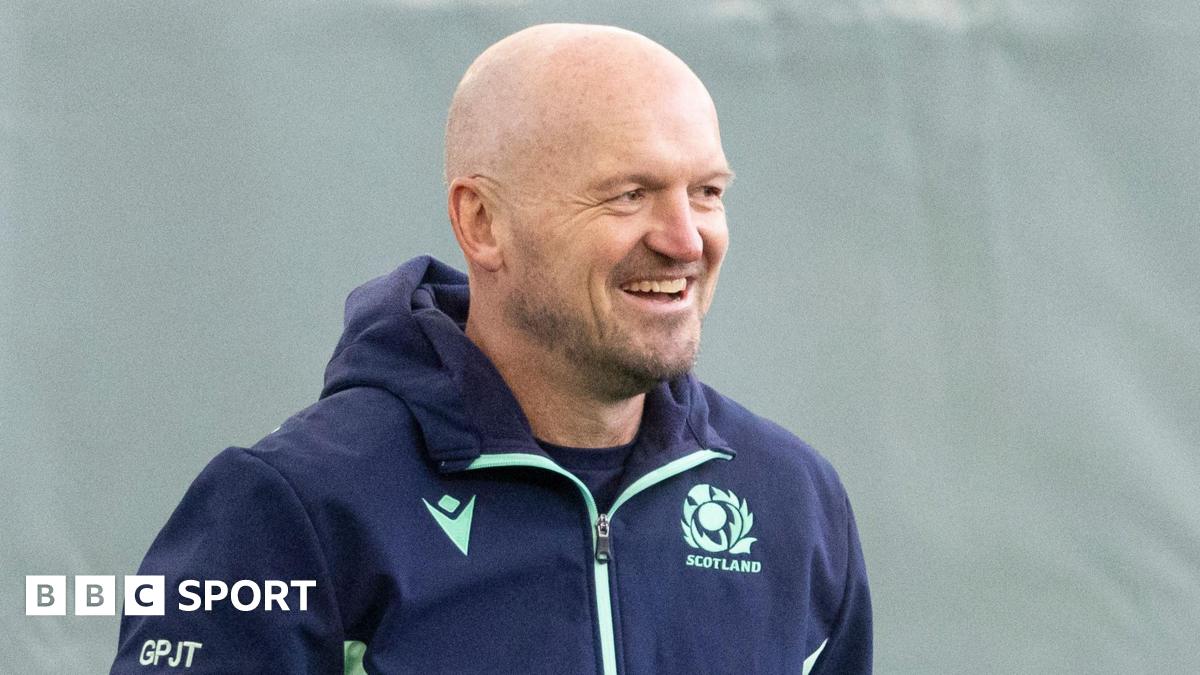Brentford coach Kevin O’Connor can’t resist a little chuckle when he thinks back.
In the week when the west London side prepare to return to England’s top flight for the first time since 1947, against the last team they played before relegation 74 years ago – an Arsenal side with whom they have shared a city but very little else for three-quarters of a century – O’Connor is talking about the journey Brentford have been on.
He is thinking back to the period between 2007 and 2009, when fans held bucket collections before matches to raise money to keep the club afloat, when Brentford were in the fourth tier of English football, finishing one place behind the ill-fated Bury.
When there was one building at the training ground.
“The canteen doubled up as a gym,” says O’Connor, a veteran of 501 appearances in his 16 years as a Brentford player, after which he went straight onto the club’s coaching staff and is now part of Thomas Frank’s first-team group. “The kit man doubled up as the chef.
“He was a lovely chap but he could only make beans on toast or spaghetti on toast.
“There was a partition wall but it didn’t go all the way to the ceiling. I remember distinctly doing pull-ups and being able to see 10 yards in front, over the partition wall, what people were having for lunch. You would be trying to exercise and people would be eating spaghetti. The smell was horrible.
“You have to experience those times to appreciate what you have now.”
Brentford eventually got themselves a proper kitchen and a proper gym.
And while O’Connor admits the training ground is like ‘Portakabin city’ due to the number of temporary buildings now in use, it is a reminder of where the vision – and the finance – provided by lifelong fan Matthew Benham has taken them.
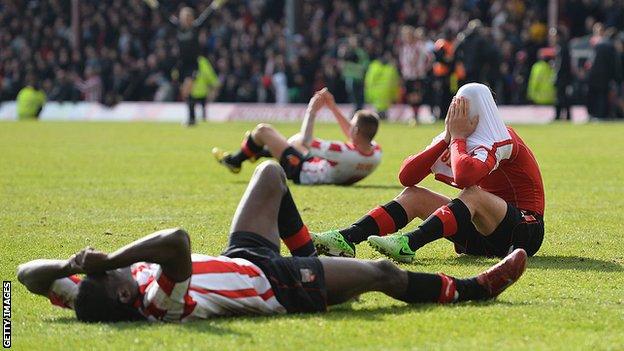
‘Our ambition was promotion to League One’
In 2008, Brentford finished behind Bury – 14th in League Two. Wrexham, a similar sized club in ground size and average attendance, were relegated to what is now the National League. They have never returned.
Although the Bees were never actually in the relegation zone, they flirted with it.
“At that point, the limit of our ambition was thinking we might get into League One,” says Ian Westbrook, a lifelong Brentford fan and contributor to the award-winning Beesotted podcast.
“If someone had said we would be in the Premier League within 15 years, I would have laughed at them. You would never, ever imagine that was going to happen.
“I have been watching Brentford since 1971. Our average crowd was 5,000. In all that time, we had one year out of the bottom two divisions and that was 1992.”
It is fair to say Westbrook – and others like him – have paid their dues as Brentford fans. He was there for the famous Doncaster game in 2013 when they missed an injury-time penalty that would have sent them up to the Championship and in 1995 when only one team was promoted and the Bees finished second and were beaten by Huddersfield in the play-offs. He was there on Monday, 31 October 1983, when Brentford lost 6-0 at Southend.
Although they are getting a bit tired of the Moneyball narrative, it is impossible to dispute that the initial cash injection of Benham – a professional gambler and lifelong fan who attended his first Brentford game as an 11-year-old in 1979 – and subsequent strategy for how a club at that level should run has transformed their fortunes.
Identify players, give them a chance, win matches, sell them on at a profit. Sounds simple.
Scrapping the academy and relying on rejects
Yet, when Chelsea, Fulham and Queens Park Rangers are all less than six miles from your doorstep, recruitment is not easy. In 2016 Brentford took the controversial decision to abandon their academy and instead focus on picking up the cast-offs from bigger clubs once they reached the age of 16.
“There was one season where Newcastle, Aston Villa and Leeds were all in the Championship,” says Brentford’s co-director of football Phil Giles. “You can’t compete with those clubs just by throwing money at it.
“In hindsight the academy move was brave but at the time it just felt logical.
“Spending money on eight, nine or 10-year-olds who would never make our first team was taking away resource. The aim was how to make our first-team squad as good as possible on a financial budget.”
Brentford launched a B team because they felt the gap from Under-18s and Under-23s football to the first team was too big.
“There was nothing revolutionary about it,” says Giles. “We just needed to take ideas from elsewhere.”
‘A new era in a new place’
Anyone who has driven into central London from the M4 would have been familiar with Griffin Park, or at least its distinctive four floodlights.
Now at least, in addition to the futuristic facade, there is a sizeable club badge on the ground Brentford call home, the 17,250-capacity Community Stadium, located around a mile from Griffin Park.
The stadium itself is a testament to how space can be utilised, given it is penned in on three sides by railway lines and scope for further expansion is non-existent.
If there is any element of sadness around Brentford’s ascent to the Premier League, it comes from the knowledge Griffin Park, the club’s home for 116 years, is no more.
Club officials have their fingers crossed the special atmosphere can be recreated at their new home – and visiting teams find it just as awkward.
“One of my jobs as a youth team player was to clean the away dressing room at Griffin Park, so I know first-hand how horrendous it was,” says O’Connor.
“When you had teams coming down with 20-man squads, there wasn’t enough room for a start. It was tiny. There was a concrete floor, one toilet to sit on and the door didn’t close. It was so bad.
“I would have loved to have seen all this happen at Griffin Park,” Westbrook adds. “I have been going there since I was a little boy. It was our home. But it’s only a mile away. You can park in the same place and do the same things. It is a new era in a new place.”




